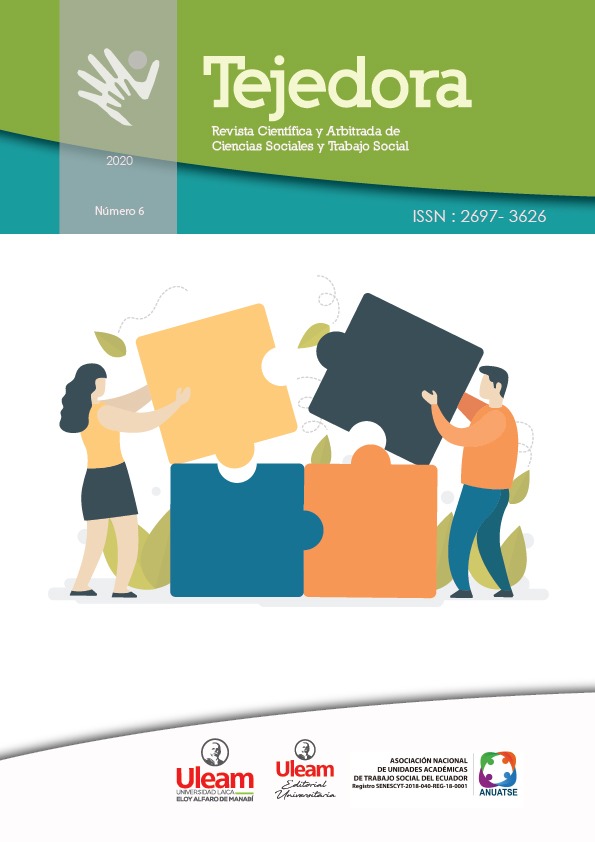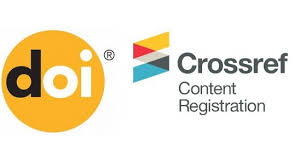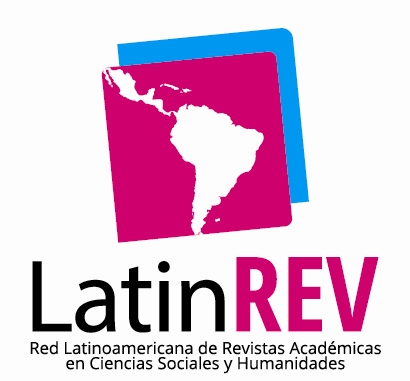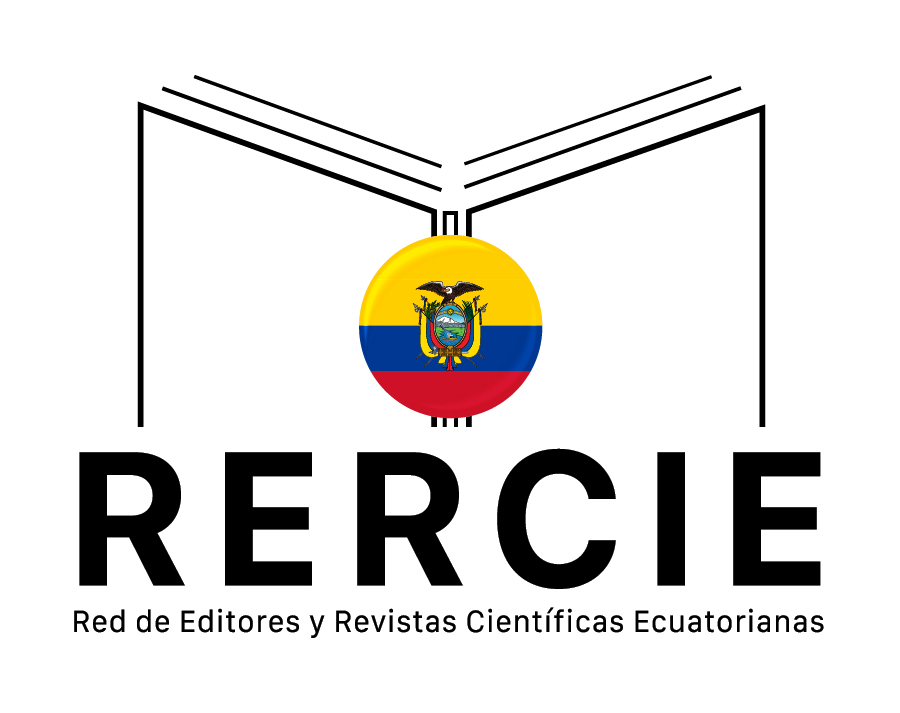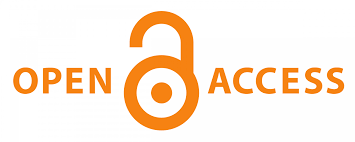Analysis of current ecuadorian regulations for the intervention and management of drug-dependent pregnancies
DOI:
https://doi.org/10.56124/tj.v6i12ep.0105Keywords:
Ecuadorian Regulations, Drug Addiction, Pregnancy, Protocols, Social InterventionAbstract
The objective of this study was to analyze the current Ecuadorian regulations for the care of pregnant women who are in the stage of consumption of psychotropic substances and narcotics. It is analyzed through a virtual survey disseminated by WhatsApp to health professionals and family groups that have had pregnant women and consume drugs. The survey meets a population of 360 people, of which 134 are health professionals and 226 belong to the family group. A survey is prepared with 4 variables extracted from the regulations and protocols; promotion, prevention, comprehensive care, and risk reduction, and each one is analyzed with the results of the survey. The SPSS statistical program is used for the tabulation and crossing of the variables, the results of the survey are evident, given the scarce compliance and ignorance of the regulations. At the same time, it is identified that there are no professionals responsible for timely follow-up, during the course and after discharge, which is why it is concluded that there is a double violation of the rights of both the mother and the infant born with neonatal abstinence syndrome. A focus group of 8 participants is also analyzed, of which 50% live on the streets and in the consumption stage, of this group they never attended a first-level medical center to receive care and have only attended when they have felt labor pains
Downloads
References
Cárdenas, K., y Garcia, W. (2019, septiembre). Características de mujeres gestantes, en situación de consumo de sustancias psicotrópicas, atendidas en un hospital materno-infantil de la ciudad de Guayaquil durante el primer semestre del año 2019. http://201.159.223.180/bitstream/3317/13935/1/T-UCSG-PRE-JUR-MD-TSO-46.pdf
Rodas, F., y Pacheco, V. ( 2020, abril). Grupos Focales: Marco de Referencia para su Implementación. Vol. 5, No. 3 pp. 182-195. https://revistas.uide.edu.ec/index.php/innova/index
Gallardo, C., Arroyo, H., y Martínez, A. (2021). Marco Competencial en promoción y educacíon para la salud: experiencias iberoamericanas .Dykinson.
Sampieri , H. (2014). Metodologia de la Investigación. http://observatorio.epacartagena.gov.co/wp-content/uploads/2017/08/metodologia-de-la-investigacion-sexta-edicion.compressed.pdf
Lexis. (2015, octubre). Ley Organica De Prevencion Integral Fenomeno Socio Economico Drogas. https://www.cfn.fin.ec/wp-content/uploads/2018/11/Ley-Organica-de-Prevencion-Integral-del-Fenomeno-Socio-Economico-de-las-Drogas.pdf
MSP. (2016). Atención integral del consumo nocivo de alcohol, tabaco y otras drogas. https://www.salud.gob.ec/wp-content/uploads/2021/09/Acuerdo-00030-Protocolo-tabaco-fusionado.pdf
MSP. (2016). Atención integral del consumo nocivo de alcohol, tabaco y otras drogas. https://www.studocu.com/ec/document/pontificia-universidad-catolica-del-ecuador/abp-adulto/9-protocolo-alcohol-tabaco-y-otras-drogas/40663141
Asamble Nacional Constituyente. (2008). https://www.asambleanacional.gob.ec/sites/default/files/documents/old/constitucion_de_bolsillo.pdf
Organization, W. (2014). Guidelines for the identification and management of substance use and substance use disorders in pregnancy. file:///C:/Users/usuario/Downloads/9789241548731_eng.pdf
Plan Nacional de Prevención Integral y Control del Fenómeno Socio Económico de las Drogas. (2017-2021). http://www.cicad.oas.org/Fortalecimiento_Institucional/planesNacionales/Ecuador_Plan_Nacional_de_Prevencion_Integral_y_Control_del_Fen%C3%B3meno_Socio_Econ%C3%B3mico_de_las_Drogas_2017_2021.pdf
REA. (2020). Drogadicción. https://dle.rae.es/drogadicci%C3%B3n
Sánchez, G. (2016). La promoción de la salud: claves para su práctica. Universitat Oberta de Catalunya.
Secretaría Técnica de Prevención Integral de Drogas. (2017-2021). Plan nacional de prevención integral y control del fenómeno socio económico de las drogas. https://www.salud.gob.ec/abordaje-integral-del-fenomeno-socio-economico-de-las-drogas-salud-mental/
The Global Fund. (2020, abril). Reducción de daños para los consumidores de drogas. https://www.theglobalfund.org/media/1277/core_harmreduction_infonote_es.pdf
El Universo. (2020, junio). 15 % de la población entre 15 y 40 años probó algún tipo de droga en Ecuador. https://www.eluniverso.com/noticias/2020/06/14/nota/7871358/consumo-drogas-ecuador-guayaquil-hache/
UNODC. (junio de 2018). Resumen, Conclusiones y consecuencias en materia de políticas . Obtenido de https://www.unodc.org/wdr2018/field/WDR18_ExSum_Spanish.pdf
UNODC. (2020). https://www.unodc.org/documents/mexicoandcentralamerica/2020/Drogas/Resumen_Ejecutivo._Informe_Mundial_sobre_las_Drogas_2020.pdf
Published
How to Cite
Issue
Section
License
Copyright (c) 2024 Revista Científica y Arbitrada de Ciencias Sociales y Trabajo Social: Tejedora. ISSN: 2697-3626

This work is licensed under a Creative Commons Attribution-NonCommercial-ShareAlike 4.0 International License.
